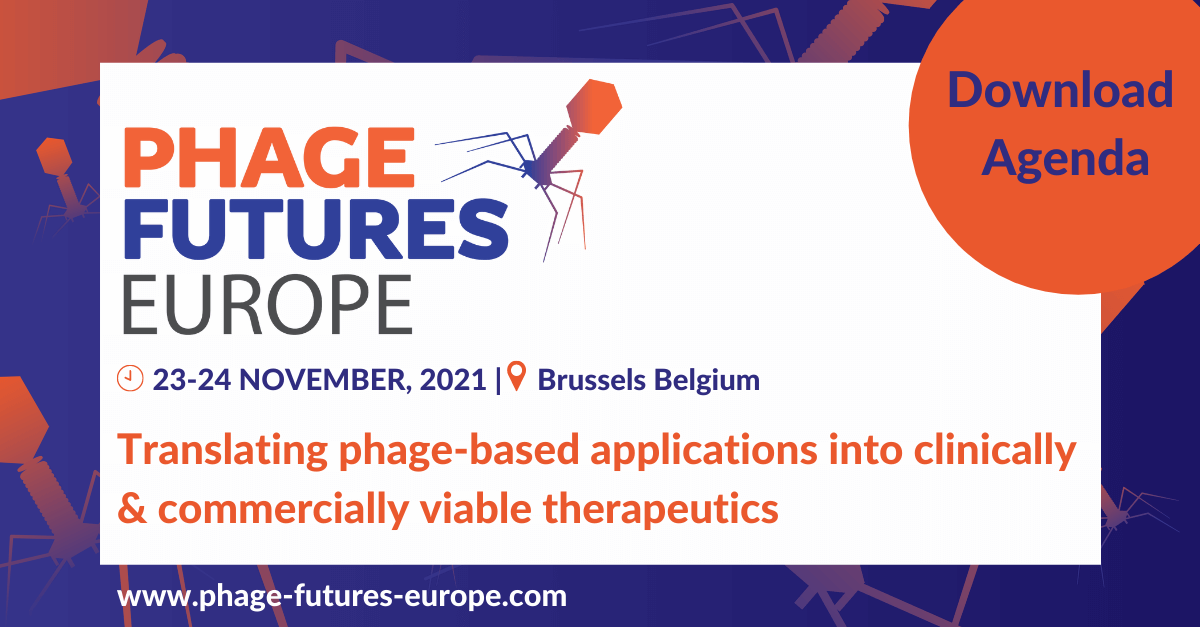Over the last 18 months the only respiratory infection the world has cared about is that caused by the coronavirus. The visible pandemic that has disrupted every aspect of our lives and killed over 4.5 million people. However, the coronavirus is not the only respiratory infection that scares scientists. Brewing under the surface is an invisible killer that could soon cause its own pandemic to rival that of coronavirus—that of antibiotic resistance.
The culprit: Pseudomonas aeruginosa, a common rod-shaped bacterium that causes lower respiratory tract infections most notably pneumonia. A multidrug resistant strain of P. aeruginosa caused 32,600 infections and 2,700 deaths in the United States in 2017. But don’t let the small numbers deceive you, this is the canary in the coal mine sending out a warning.
Thus, there is an urgent need to find non-antibiotic treatments to P. aeruginosa infections—bacteriophages appear to be the answer. Bacteriophages (or phages for short) are viruses that infect and kill bacteria. They tend to come with fewer safety concerns than antibiotics, don’t destroy the healthy microbiome, and can even reverse antibiotic resistance, making them a prime tool in the war against P. aeruginosa.
However, while there have been studies into using phages to treat P. aeruginosa infections, they have been heterogenous in design meaning the administration route, duration, and frequency have been variable.
Duplessis et al. set out to change this with their article “Successful Intratracheal Treatment of Phage and Antibiotic Combination Therapy of a Multi-Drug Resistant Pseudomonas aeruginosa Murine Model”. They wanted to determine the optimal route for phage delivery and the effect of combining phages with antibiotics verses phages alone.
The team created a mouse model with a P. aeruginosa infection and trialled different injection methods—intraperitoneal, intratracheal, and a combination of the two. Intraperitoneal, like IV, injects phages into the body whereas intratracheal injects phages direct into the lungs at the site of infection. After evaluating bacterial burden in the lungs and lung pathology they found that direct injection into the lungs was the most effective, demonstrating that delivery is key and direct delivery to the disease can make or break a treatment.
In addition, they tested the effect of phages plus meropenem (commonly used antibiotic) verses phages alone. Phages administered with meropenem delayed mortality and improved survival rates but the mechanism is still unknown. Determining such a mechanism and optimal concentration of phages and antibiotics could be the focus of future work along with human trials.
Whilst there is a lot more work to complete before phage therapy against P. aeruginosa becomes readily available for patients, this work is a pivotal step forward. A lot of phage research has focused on the type of phage administered, Duplessis et al., has shown that delivery is just as important.
Many thanks to Atif Khan for finding and summarizing this week’s phage news, jobs and community posts, and to Lizzie Richardson and Stephanie Lynch for help editing!







